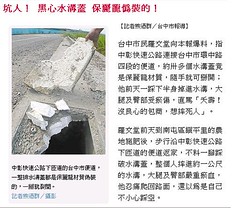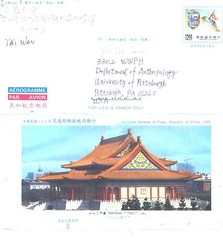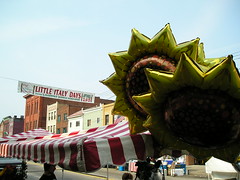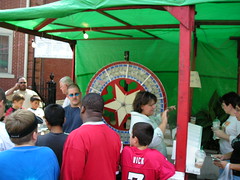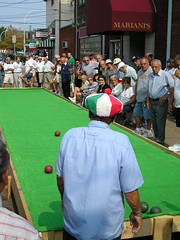The course I am TAing for this semester is "Japanese Society." The instructor is a Hungarian born Japanese Media culture specialist, Dr. Lukacs. It is very strange to me to listen to a Japanese specialist with Marxist name...
Anyway, in the class this week, she asked the student to say how they think about the homogeneous Japanese culture. Naturally, the idea is to break the stereotype of having a single "race" and pure "Japanese culture" as an inherent content. She then asked, have you every visit the website called "
All Look Same"? Some student smiled with understanding, some didn't. I myself didn't know what that is before. So I tried it today.
The website has a task, asking visitors to differentiate the pictures it provides and identify them as Chinese, Japanese, or Korean. Firstly, I thought it could be a easy task, since I can sort of differentiate these three kind of "people" in my campus. But after I took the test, I realize I cannot really claim my confidence. Among 14 items, I only correctly recognized 5 of them!!! You can try it yourself, I bet that will be a really challenge, either to Asian or non-Asian.
In the class, the instructor actually asked me if I can identify the differences among them. I said I can do so for the first comer, and generally the first generation of the Asian students, but probably not the second generation and beyond. She questioned that could be the factor of dressing and behavior pattern, rather than the appearance itself. I agree, but how exactly is the way to identify the people in a specific culture, can not only success by appraising facial features, but also behavioral pattern... Race and culture is never as bone and skin, that is for sure.
正好跟好久不見的Aits同學聊天,給他作這個遊戲,他沒有好到哪裡,跟我一樣只對五個。可是另一個女同事,卻用「分辨眼皮」的技巧,答對了九個。他提到好像也可以拿這種遊戲來作九族(或者現在十二族?)的區辨遊戲,想想也蠻有趣。同時聽說,當年我們張岱屏同學某次在花蓮超速被警察攔下,也是靠著獨特的族群辨識功夫,猜對了員警的族別,而免於罰單一張...呵呵。
